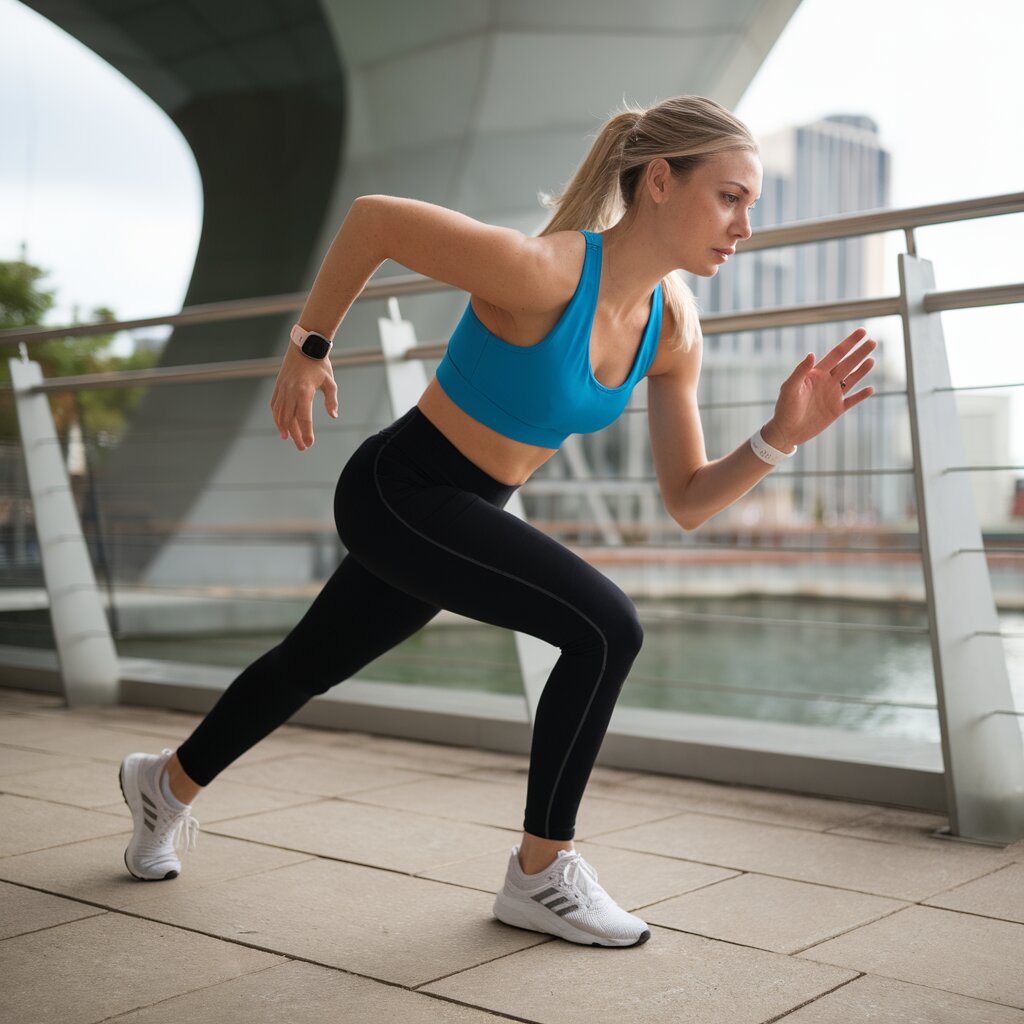Wearable fitness trackers have become an indispensable part of everyday life for many, with devices like smartwatches and fitness bands now ubiquitous across the globe. Dr. Cailbhe Doherty from University College Dublin is leading a comprehensive study to analyze the true accuracy of these gadgets, separating the hype from the reality.
Back in 2010, Gary Wolf, then editor of Wired magazine, captured attention with a TED talk on “The Quantified Self,” where he highlighted a burgeoning trend among tech enthusiasts to monitor their physiological data. What began as a niche interest among data-centric geeks has since evolved into a mainstream phenomenon. Today, it’s not unusual to see at least half the people in a room sporting some form of wearable tech that tracks aspects of their life – from step counts and heart rates to sleep patterns and calorie burns. This trend embodies the contemporary obsession with quantification – the belief that metrics matter and if something isn’t logged, it doesn’t count.
The question at the heart of Dr. Doherty’s research is whether these wearable devices genuinely deliver the accuracy they promise. Together with colleagues Maximus Baldwin, Alison Keogh, Brian Caulfield, and Rob Argent, Dr. Doherty undertook an umbrella review – essentially a review of systematic reviews – assessing the scientific validity of consumer wearable devices in measuring metrics such as heart rate, aerobic capacity, energy expenditure, sleep, and step count.
On the surface, the findings were promising. Wearable devices can measure heart rate with a relatively minimal margin of error – typically within plus or minus 3 percent, although factors like skin tone, exercise intensity, and activity type can influence this accuracy. They also perform well in measuring heart rate variability and show strong sensitivity and specificity in detecting arrhythmias.
Moreover, the study found that wearables could estimate cardiorespiratory fitness relatively accurately, particularly when data is collected during physical activity. This metric, often measured by VO2Max, reflects the efficiency of the circulatory and respiratory systems in supplying oxygen during exercise. However, when it comes to physical activity, wearables tend to underestimate step counts by about 9 percent.
Yet, the reliability of these devices varies significantly when it comes to measuring other health metrics. Energy expenditure, for instance, shows a wider range of error, from -21.27 percent to 14.76 percent depending on the device and activity in question. Sleep tracking also revealed substantial inaccuracies, with wearables often overestimating total sleep time and efficiency by more than 10 percent, while underestimating sleep onset latency and wakefulness after sleep onset. When compared to polysomnography, the gold standard in sleep studies, errors ranged from 12 percent to a staggering 180 percent.
These discrepancies shine a light on the complexities of research in this field. One key challenge is the inconsistent methodologies employed across different studies, which hampers the ability to draw definitive conclusions about a device’s accuracy. For example, one study might assess heart rate accuracy during high-intensity interval training, while another might focus on sedentary activities, leading to irreconcilable discrepancies.
The rapidly evolving landscape of wearable technology also compounds these challenges. With companies releasing new models on an annual basis, researchers struggle to keep up. The rigorous process of study planning, obtaining ethical approval, recruiting participants, analyzing results, and publishing can take over a year, by which time the device under investigation may already be obsolete. Notably, less than 5 percent of consumer wearables released to date have been validated for the range of physiological signals they claim to measure.
So what do these findings mean for consumers? As wearables continue to become integral to health and lifestyle management, it’s vital to view manufacturers’ claims with a critical eye. The gaps in current research, the rapid rollout of new models, and inconsistent validation methodologies call for a more standardized approach to evaluating these devices.
The aim should be to foster collaboration between certification bodies, academic research consortia, media influencers, and the industry itself. This would improve the depth and rigour of wearable technology evaluations, ensuring that these devices transition from being seen as trendy gadgets to trusted tools for health and wellness.
Efforts are already in motion to establish a collaborative network to enhance the dialogue among various stakeholders, ensuring that wearables are not just innovative but also reliable. With the right approach, these devices have the potential to revolutionize public health in meaningful ways.
Dr. Cailbhe Doherty, assistant professor at University College Dublin, underscores the importance of integrating data science and mobile technologies into modern healthcare. His research focuses on harnessing the potential of consumer wearables to transform public health, signaling a promising future if backed by rigorous scientific validation.


